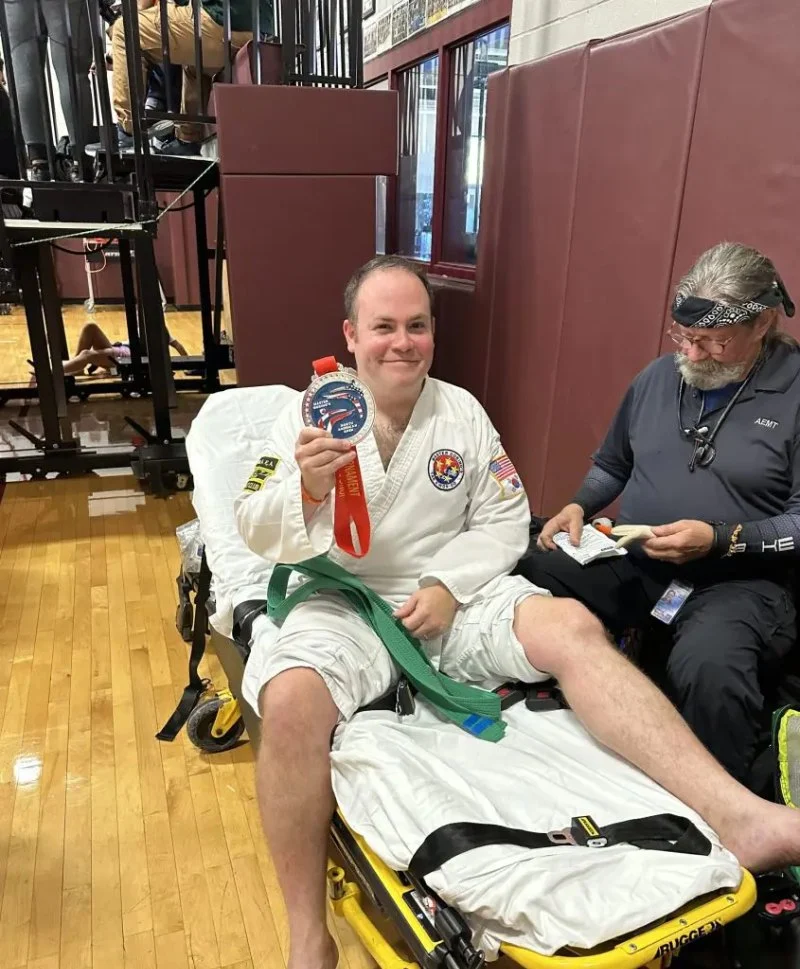
- 1. Introduction to Tae Kwon Do Injuries
- 2. Common Injuries in Tae Kwon Do
- 3. Prevention Tips for Tae Kwon Do Injuries
- 4. Recovery Tips: How to Heal Faster
- 5. Conclusion: How to Stay Safe While Practicing Tae Kwon Do
1. Introduction to Tae Kwon Do Injuries
Tae Kwon Do is a dynamic martial art that combines powerful strikes, high-flying kicks, and impressive footwork. While it’s a great way to stay fit and learn self-defense, like any physical activity, it also comes with the risk of injury. In this article, we will explore the most common injuries seen in Tae Kwon Do, tips on how to prevent them, and recovery methods to get you back on your feet and back in the dojo faster.

Franklin Family Taekwondo / franklin family taekwondo
FranklinWilliamson CountyTennessee
454 Downs Blvd #140, Franklin, TN 37064, USA
2. Common Injuries in Tae Kwon Do
As with many high-intensity sports, Tae Kwon Do practitioners are susceptible to certain injuries, often resulting from the repetitive movements or contact involved in the sport. Here are some of the most common injuries seen in Tae Kwon Do:
- Sprained Ankles: The quick pivots, jumps, and footwork in Tae Kwon Do often lead to ankle sprains, especially when landing incorrectly.
- Bruised or Broken Ribs: Due to the nature of high-contact sparring, it’s not uncommon to sustain rib injuries.
- ACL Injuries: High-impact kicks and fast movements put stress on the knee ligaments, leading to strains or tears in some cases.
- Shoulder Dislocations: The force exerted during certain strikes or falls can result in shoulder dislocations.
- Wrist Strains: A strong punch or fall can lead to sprains or fractures in the wrist, especially when the form is incorrect.
3. Prevention Tips for Tae Kwon Do Injuries
Preventing injury in Tae Kwon Do requires a combination of proper technique, physical conditioning, and awareness. Here are some key prevention tips:
- Warm-up and Stretch: Always begin your practice with a proper warm-up. Dynamic stretches and light cardio exercises help prepare your body for intense activity and reduce muscle stiffness.
- Practice Proper Technique: Make sure you are learning and practicing proper form. Incorrect technique can lead to improper joint movements, which can result in strains and sprains.
- Strengthen Core and Legs: A strong core and legs can help with stability during kicks and jumps. Incorporate strength training into your routine to prevent overuse injuries.
- Wear Protective Gear: If you're sparring or practicing with a partner, always wear the appropriate protective gear, such as shin guards, headgear, and mouthguards.
- Take Rest Days: Overtraining can lead to fatigue and poor performance, which can increase the likelihood of injury. Ensure you allow time for rest and recovery.
4. Recovery Tips: How to Heal Faster
If you've sustained an injury, it’s important to take proper steps for recovery to avoid exacerbating the problem. Here are some tips for recovering from common Tae Kwon Do injuries:
- Rest and Ice: For sprains and strains, rest is crucial to allow the muscles and ligaments to heal. Applying ice to the injured area can help reduce swelling and alleviate pain.
- Compression and Elevation: Using compression bandages and elevating the injured limb can help reduce swelling and improve blood circulation.
- Physical Therapy: After an injury, physical therapy can help strengthen the affected area and improve range of motion. A qualified therapist can guide you through specific exercises.
- Gradual Return to Activity: Don't rush back into intense practice. Begin with lighter exercises and slowly increase intensity as you heal. This will help avoid re-injury.
5. Conclusion: How to Stay Safe While Practicing Tae Kwon Do
While injuries in Tae Kwon Do are common, they can be minimized with the right approach to training. By focusing on proper form, conditioning, and recovery techniques, you can significantly reduce the risk of injury. Remember to listen to your body, take rest when needed, and always practice safety when sparring. With these precautions in place, you can enjoy Tae Kwon Do's many benefits while staying injury-free.
For more tips on training and recovery, or to find the best Tae Kwon Do gear, visit Jeuns TKD Hub.




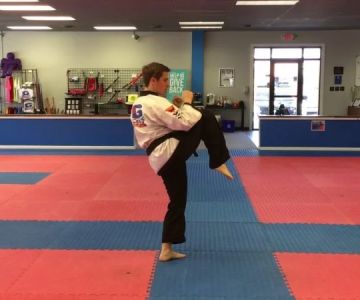
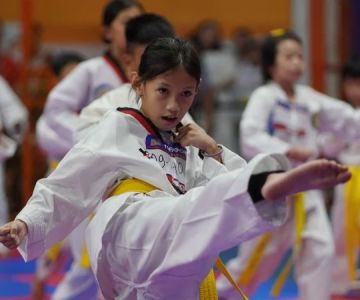
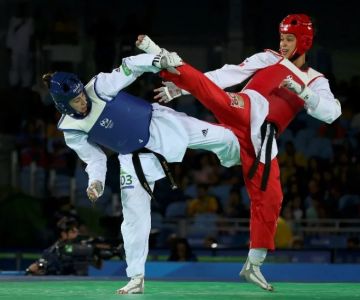
 Rodriguez Taekwondo4.0 (29 reviews)
Rodriguez Taekwondo4.0 (29 reviews) Genbukan Kobushi Dojo5.0 (16 reviews)
Genbukan Kobushi Dojo5.0 (16 reviews)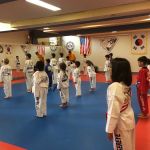 Tigereye TaeKwonDo, Inc.5.0 (20 reviews)
Tigereye TaeKwonDo, Inc.5.0 (20 reviews) Colorado Martial Arts Academy5.0 (27 reviews)
Colorado Martial Arts Academy5.0 (27 reviews) Double Dragon Tang Soo Do4.0 (138 reviews)
Double Dragon Tang Soo Do4.0 (138 reviews) Steve Fisher Karate Studio5.0 (7 reviews)
Steve Fisher Karate Studio5.0 (7 reviews)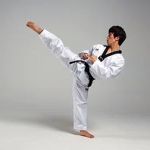 How to Execute a Jumping Roundhouse Kick to the Head
How to Execute a Jumping Roundhouse Kick to the Head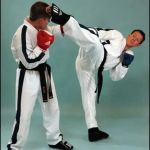 How to Execute a Double Kick Combination in Sparring
How to Execute a Double Kick Combination in Sparring How to Perform a Flawless Axe Kick: A Step-by-Step Guide
How to Perform a Flawless Axe Kick: A Step-by-Step Guide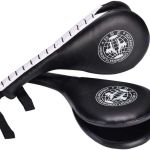 DIY Tae Kwon Do Training Equipment for Home Practice
DIY Tae Kwon Do Training Equipment for Home Practice How to Increase Your Vertical Jump for Tae Kwon Do Flying Kicks
How to Increase Your Vertical Jump for Tae Kwon Do Flying Kicks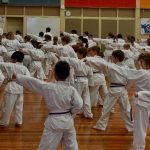 The History of the Tae Kwon Do Peace Corps
The History of the Tae Kwon Do Peace Corps